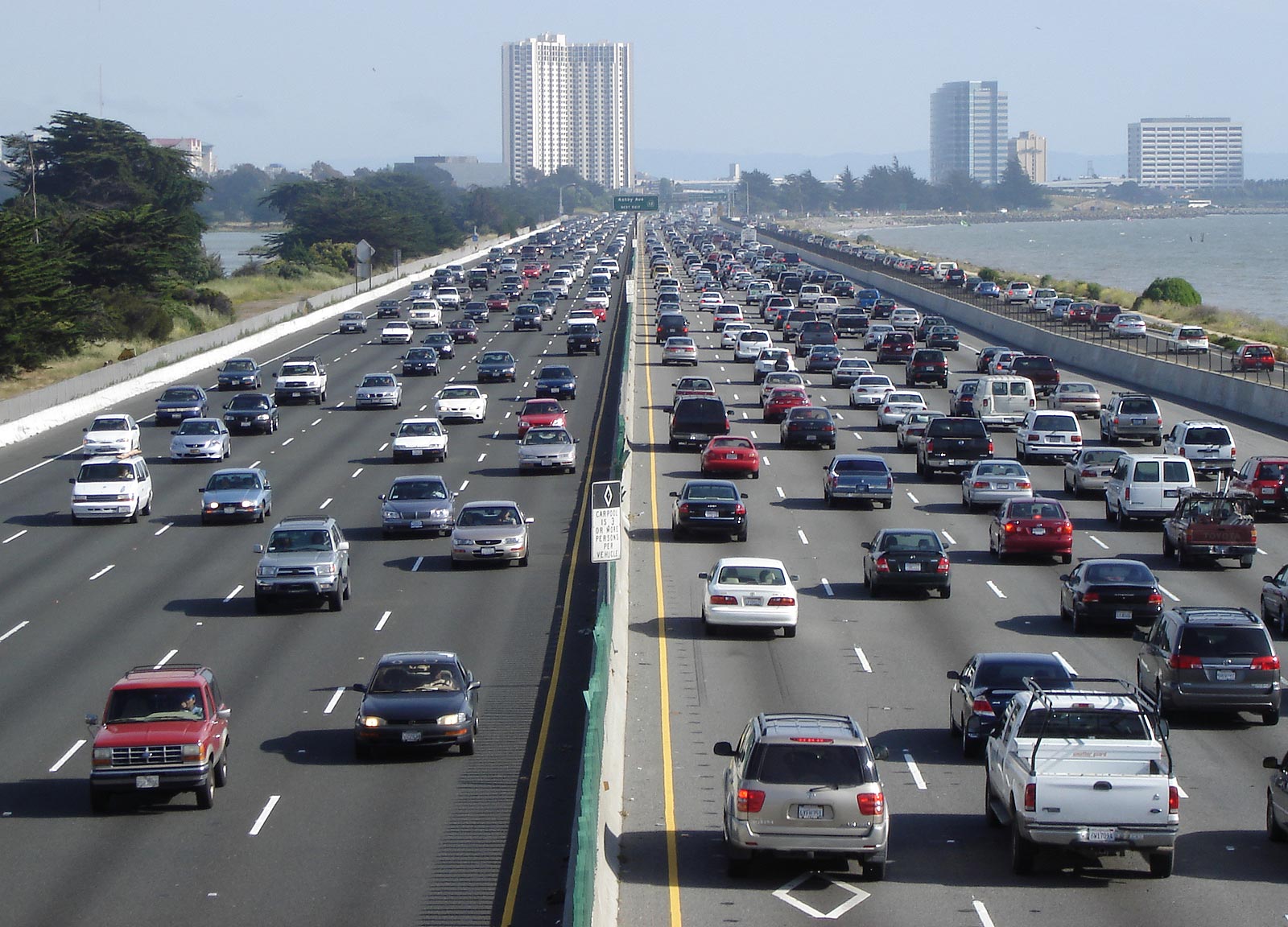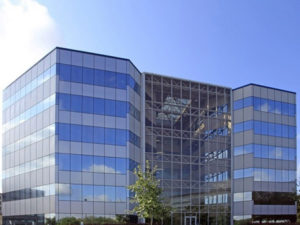
 Do you realize that California once had 15,000 cars on the road burning methanol? And that those drivers loved their performance? But that whole experiment came to an end ten years ago because – get this – natural gas was too scarce and expensive.
Do you realize that California once had 15,000 cars on the road burning methanol? And that those drivers loved their performance? But that whole experiment came to an end ten years ago because – get this – natural gas was too scarce and expensive.
In an era when natural gas is cheap and plentiful – when people in the industry are warning that wells may soon be shutting down because there isn’t enough demand for the product – it may be worth going back and taking a second look at what happened in the Golden State from 1988 to 2004.
California, of course, has never been shy about pushing new technologies. At various times the state has pioneered renewable energy, mandated zero-emissions vehicles (electric cars) and tried to establish a “hydrogen highway” for fuel-cell vehicles. Not all these efforts have succeeded, and a few have been notable failures. But the methanol experiment, oddly enough, was fairly successful. Now, at a time when it could be seen as prescient, it is largely forgotten.The project began way back in 1988, when memories of the 1970s energy crisis were still fresh, and various senators were looking for ways to plug their state economies. The impetus came from a joint effort by Sen. Jay Rockefeller of West Virginia and Sen. Tom Daschle of South Dakota. Rockefeller was looking for a way to promote his coal economy, while Daschle had his eye on farm wastes.
The ethanol-from-corn effort was already up and running, but both Rockefeller and Daschle recognized that methanol might work just as well, and that their home states could benefit. Methanol, after all, can be derived from coal, biomass or natural gas. The result was the Alternative Motor Fuel Act, signed into law by President Reagan in 1988, which provided a waiver of EPA regulations to allow methanol to be used in cars. A year later, President George H.W. Bush became an enthusiast, promising to put 500,000 methanol cars on the road by 1996 and a million by 1998.
Such presidential promises are often wildly exaggerated, but Ford Motor Co. took up the challenge and produced a Taurus model that could run on 85 percent mixes of both ethanol and methanol. This came at a time when gasoline had become cheap again, however, and there wasn’t much interest around the country in alternative fuels. But California took the initiative.
Mike Jackson, who was the lead technical advisor for the California Energy Commission and now works for Fuel Freedom, recalls the experience:
“The original justification was petroleum displacement in response to the 1973-74 crisis, but you learned fairly quickly that that wasn’t sustainable. But we realized there were air quality benefits, so we shifted in that direction.”
The state partnered with Ford and Volkswagen, agreeing to set up a string of fueling stations if they would bring out cars capable of running on methanol. Then the state started buying methanol vehicles for its various fleets. ”
“It was a technical success, but an emotional failure,” Jackson said. “The biggest problem was range anxiety. There were only 10 fueling stations at that time, and it just wasn’t enough. There were times when people abandoned the cars on the freeway because they were afraid they were going to run out of gas.”
Then Roberta Nichols, head of the research and development effort at Ford, came up with an idea: Ford would produce a flex-fuel vehicle (FFV) that could run interchangeably on a variety of fuels. The car could handle blends of 85 percent ethanol or methanol but could switch to gasoline if necessary. Ford produced a Taurus FFV, and the program once again went into high gear. The clean air benefits were adding up, and the state started to consider ratcheting down the NOx requirement to the point where the oil companies would have to add methanol or ethanol in order to meet them.
Suddenly, the oil companies stunned the state by announcing that they would be able to meet the standard by producing a new “blended” fuel.
“Everybody’s jaw dropped,” Jackson said. “Why hadn’t they mentioned this before? But they said they could achieve the same thing by adding MTBE, which is methanol-based, so that was it.”
The MTBE additive created a new problem for methanol. Since methanol was one of the feedstocks for the production of MTBE, supplies began to be diverted, and it became more expensive to use as a substitute fuel. However, MTBE eventually came under pressure because it was getting into drinking water. California and New York banned it in 2004, and most states quickly followed suit.
By that time, ethanol was going strong, with more and more of the corn crop diverted into its production, and the 10-percent ethanol blend became the substitute for oxygenating fuel and reducing NOx emissions.
“We ended up with cleaner gasoline technology,” Jackson said. “But we lost sight of the idea of methanol as an oil substitute.”
By this time, the country had fallen into the “Fuel of the Year” syndrome. Hydrogen had a big run in the late 1990s. Then, after the turn of the century, it was the electric car. Somehow methanol got lost in the shuffle. California’s program limped along until 2004, when the state finally abandoned it. With natural gas selling at $7 per mBTUs and peaking as high as $11, it didn’t seem to have any future.
Now, with natural gas supplies flowing in surplus, the California experiment suddenly seems far ahead of its time. Methanol made from natural gas at $3.25 per mBTU could sell at nearly half the price of gasoline made from $100-a-barrel oil. Methanol from coal could revive the flagging fortunes of the coal industry. Methanol reformed in the field could solve the problem of flaring in the Bakken Shale, which now wastes the equivalent of one-quarter of U.S. gas consumption every year.
Yet the methanol initiative is now largely forgotten. And of course, there’s always the problem that EPA regulations do not allow it to be used in automobiles. With natural-gas surpluses now at the point where a national oversupply is being predicted for 2017, however, it may be time to go back and give the California experience a second look.
Originally published

